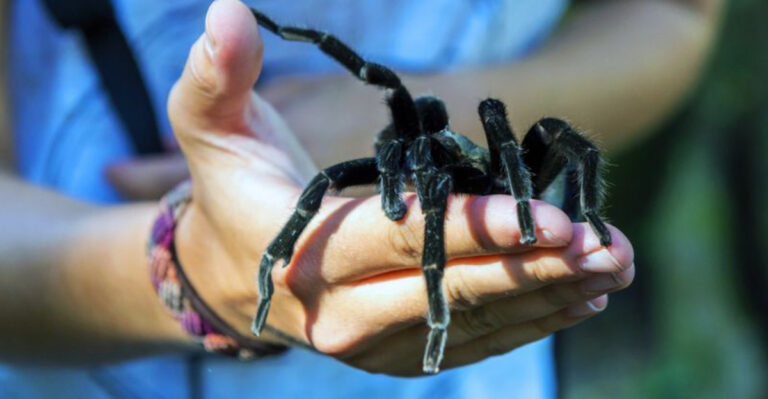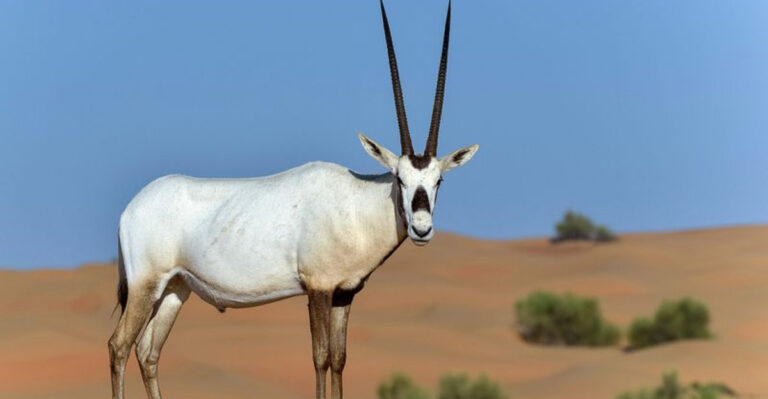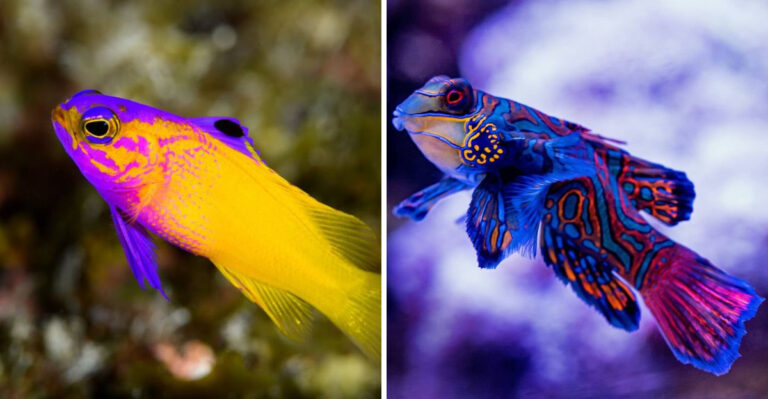15 Unexpectedly Exotic Species Found Right Here In The U.S.
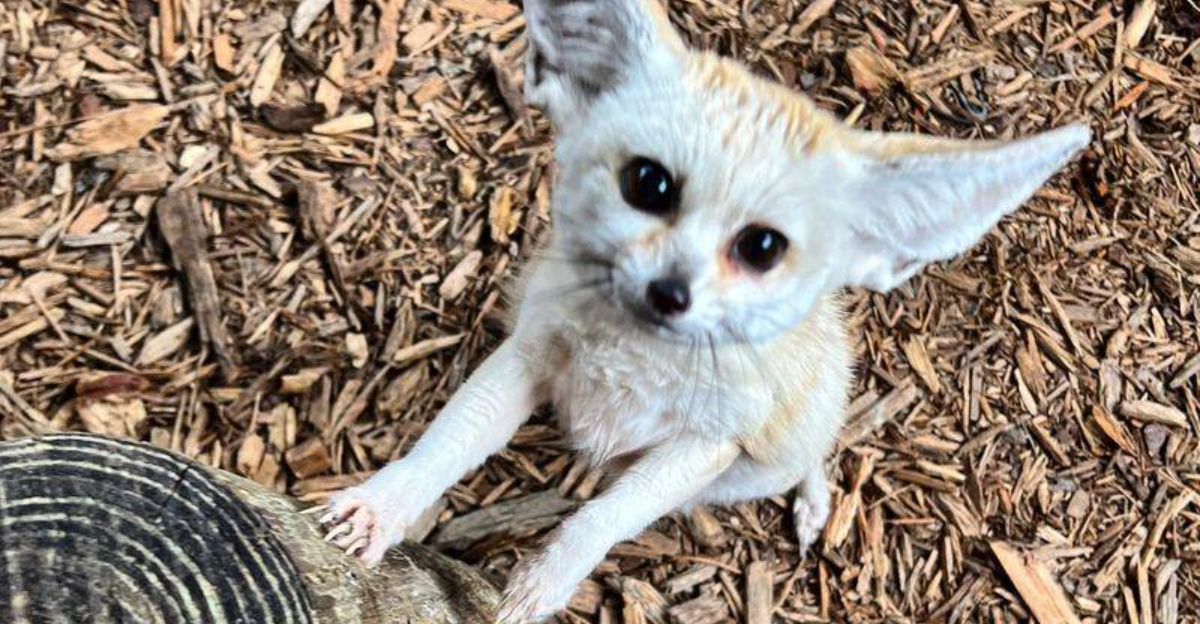
The United States is a melting pot of cultures, cuisines, and surprisingly, wildlife too! Among the dense forests, expansive deserts, and lively urban areas, you’ll encounter some truly exotic creatures.
These aren’t your usual backyard critters; they’re unique, vibrant, and each has a story to tell.
1. Bengal Tiger
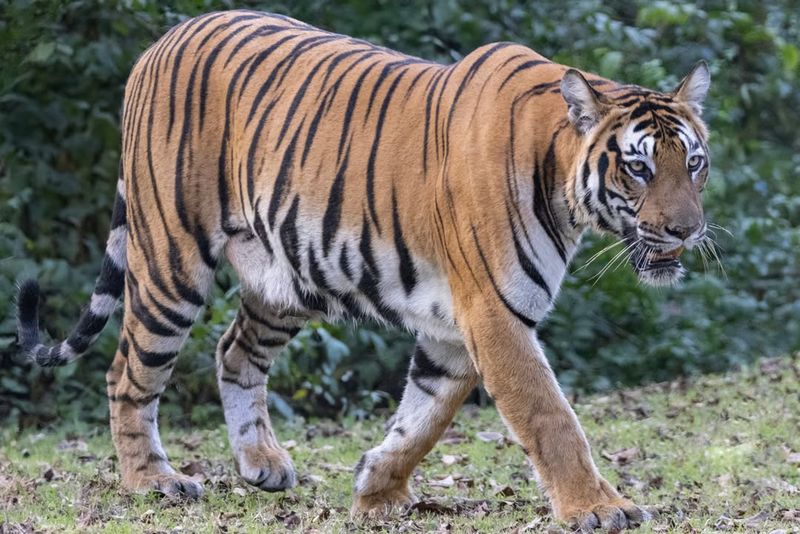
The Bengal Tiger is not your typical American resident, yet it finds sanctuary in various zoos and reserves across the nation. Known for its impressive size and majestic appearance, this tiger captivates with its fiery orange coat and stark black stripes.
Though native to the Indian subcontinent, these tigers have made quite an impression in the U.S. conservation scene.
Did you know they can communicate through vocalizations and even use scent markings? Truly, they are the kings of adaptation.
2. Red Kangaroo
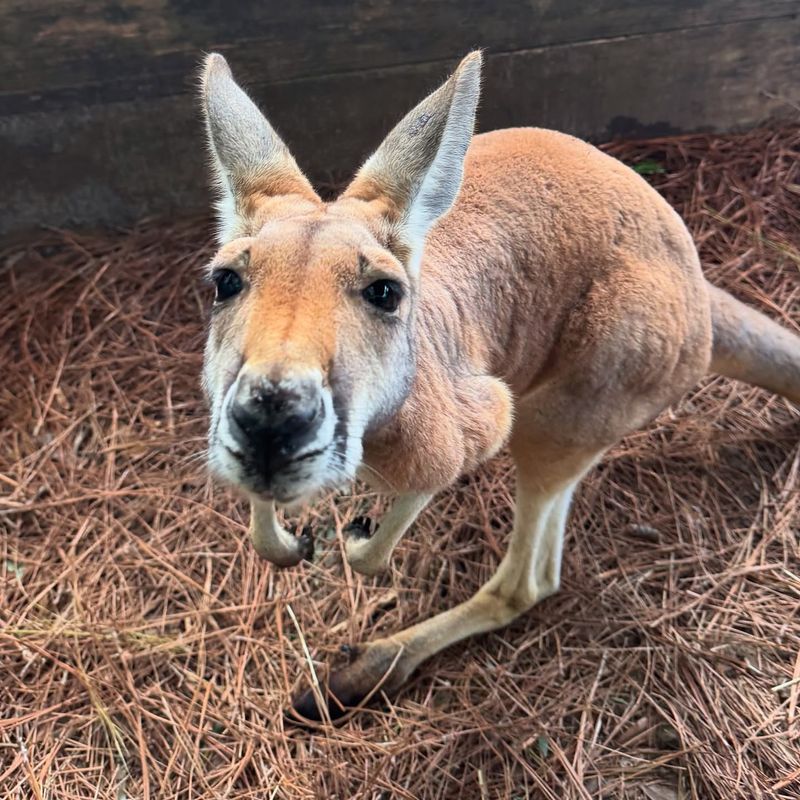
Hopping across the driest deserts of Australia, the Red Kangaroo is an unusual yet fascinating sight in some American zoos and sanctuaries. With its muscular build and towering presence, it effortlessly captures attention.
Their long, powerful hind legs are not just for show; they allow these creatures to leap great distances with ease. Watching a Red Kangaroo in action feels like seeing evolution in motion.
Fun fact: Despite their name, not all Red Kangaroos are actually red. Some sport a more muted grey coat, depending on their environment.
3. Green Anaconda
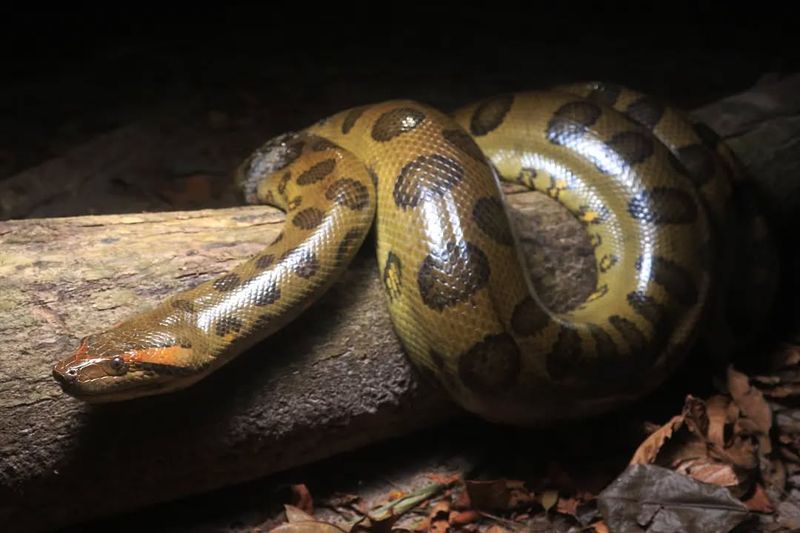
The Green Anaconda, a resident of the steamy Amazon, might sound out of place in the U.S., but you’ll find these heavyweights in specialized reptile exhibits. Known for being one of the largest snakes globally, they are awe-inspiring.
With their olive-green hues speckled with black patterns, these snakes are masters of camouflage in murky waters. They rely on stealth rather than speed to catch prey.
Interestingly, although they can grow to over 20 feet long, they are not venomous and use constriction to subdue their meals.
4. African Lion
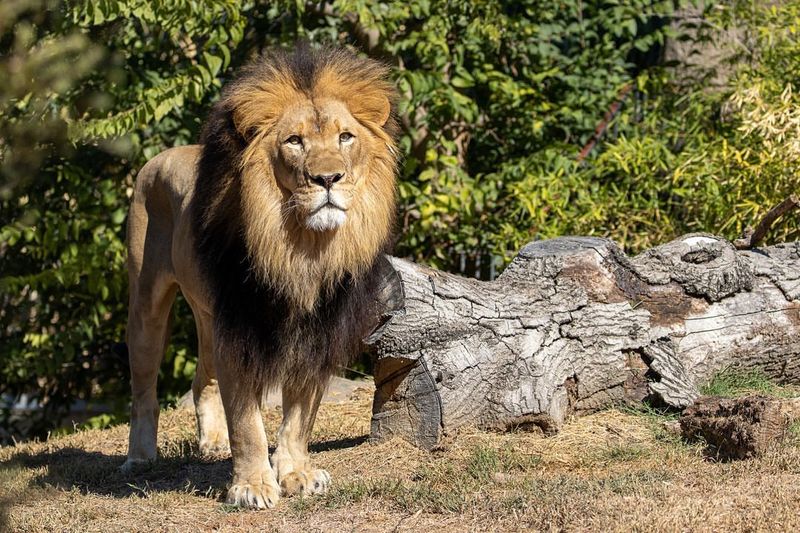
Roaming the African savannah, the African Lion’s presence in U.S. zoos brings a slice of the wild to life. Their golden manes and regal demeanor make them a centerpiece attraction.
Lions are social cats, often seen in prides that exemplify family bonds and teamwork when hunting. Their roars can be heard up to five miles away, and it fascinates me how they adapt to different climates and settings.
5. Emu
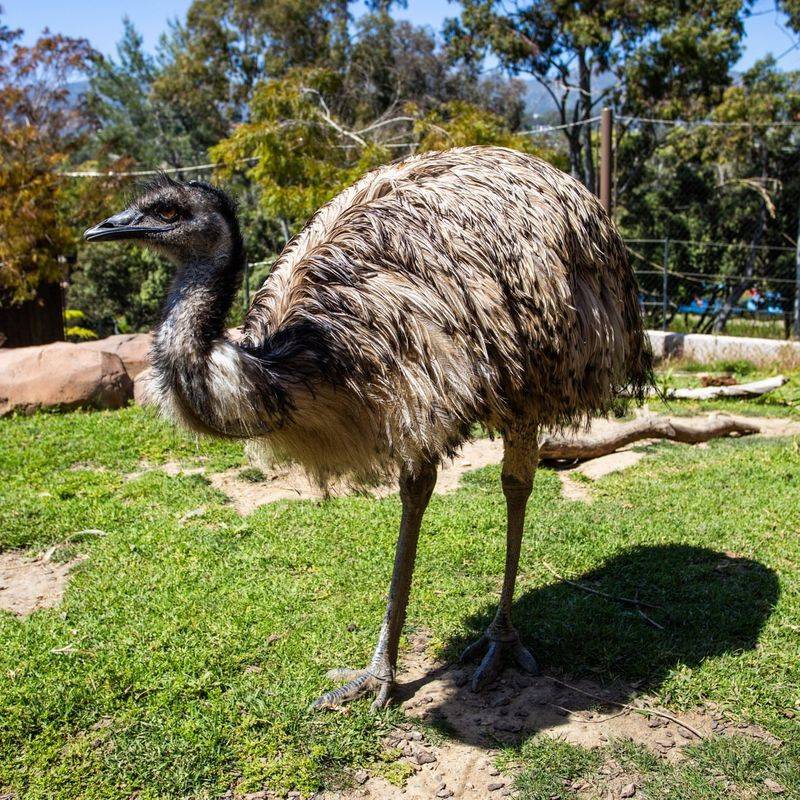
Standing tall and curious, the Emu is an Australian native that has found a home in many U.S. farms and wildlife parks. Despite their flightless nature, these birds are anything but ordinary.
Their long legs and powerful strides make them excellent runners, capable of reaching speeds up to 30 miles per hour.
Emus are known for their inquisitive nature and can make for entertaining companions in interactive exhibits.
6. Capuchin Monkey
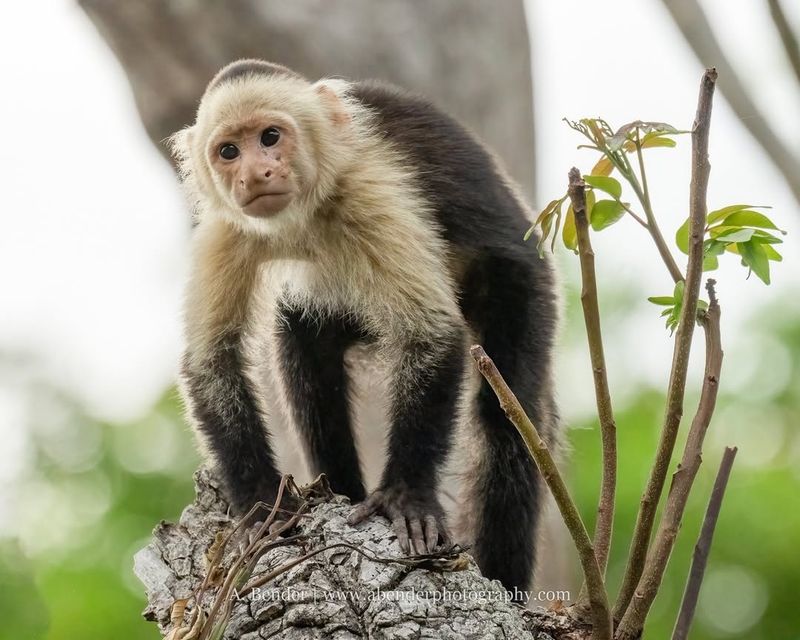
The Capuchin Monkey, with its expressive face and nimble limbs, brings zest to any zoo enclosure. These small primates are known for their intelligence and playful antics.
Hailing from Central and South American forests, Capuchins are adept climbers and love engaging with visitors through interactive displays. They’re quick learners, often seen using tools to solve problems.
Their social behavior is noteworthy, as they form tight-knit troops that communicate using a variety of vocalizations and gestures.
7. Fennec Fox
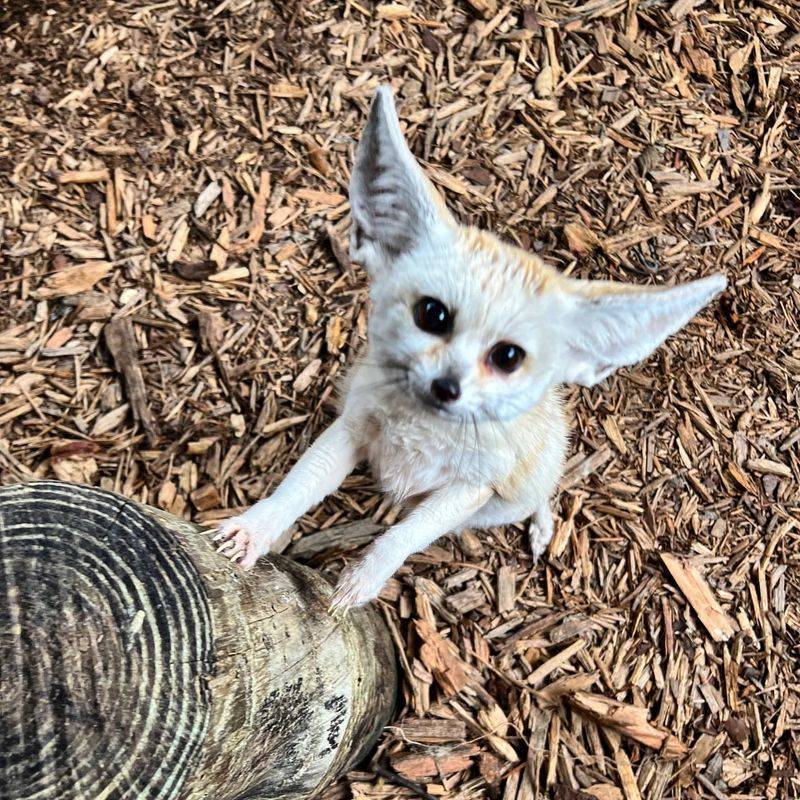
With ears as large as its personality, the Fennec Fox is a desert dweller that has enchanted many U.S. exhibits. This tiny fox is the epitome of cuteness with its sandy coat and enormous ears.
Native to the Sahara Desert, they are experts in surviving harsh climates, thanks to their nocturnal habits and exceptional hearing. Their diet is diverse, mainly consisting of insects and small animals.
Seeing a Fennec Fox in action is a treat, as they dart around with incredible speed and agility.
8. Siberian Lynx

The Siberian Lynx, with its tufted ears and thick fur, is an enigmatic presence in American wildlife centers. These cats are adapted to cold climates, often found in snow-laden environments.
Their striking appearance is complemented by their elusive nature, making them a rare sight in the wild. However, in controlled habitats, they showcase their agility and stealth.
Lynxes communicate using soft meows and growls, adding a mysterious aura to their already fascinating persona.
9. Macaw

Bursting with color, the Macaw is a feathered spectacle that brightens any aviary. Native to Central and South America, these parrots are known for their vivid plumage and charismatic personalities.
Macaws are incredibly social and intelligent, often seen mimicking sounds and engaging with visitors. They form strong bonds with their mates, further showing their affectionate nature.
Their diet is primarily seeds and nuts, which they expertly crack open with their powerful beaks.
10. Sloth
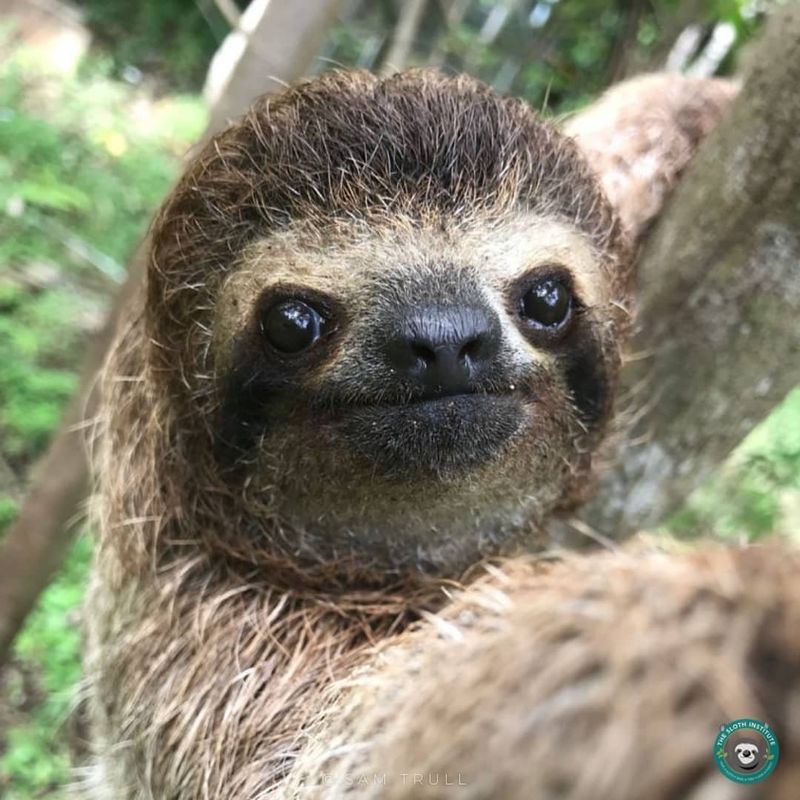
Ever the symbol of taking life slow, the Sloth is a unique resident in some U.S. tropical exhibits. These creatures are known for their slow movements and upside-down lifestyle.
Native to Central and South American rainforests, sloths have adapted well to arboreal life, with specialized claws that help them hang effortlessly. Their diet mainly consists of leaves and fruits.
Watching a sloth is a lesson in patience and relaxation, as they move with deliberate calmness, embodying a peaceful existence.
11. Peacock
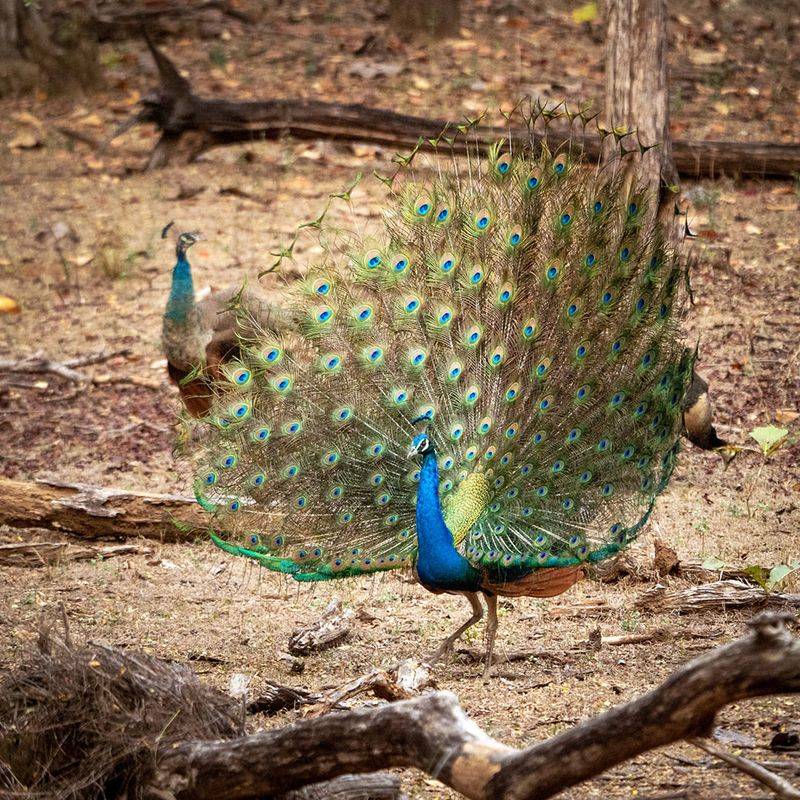
Few sights are as breathtaking as a Peacock flaunting its tail feathers. These birds, native to the Indian subcontinent, are a staple in many U.S. gardens and zoos.
Their vibrant plumage and courtship displays are a visual spectacle, with iridescent blues and greens creating a captivating dance. Peafowls are social and often seen strutting around in small groups.
Aside from their visual allure, peacocks are also known for their distinctive calls that echo through their habitats.
12. Kinkajou
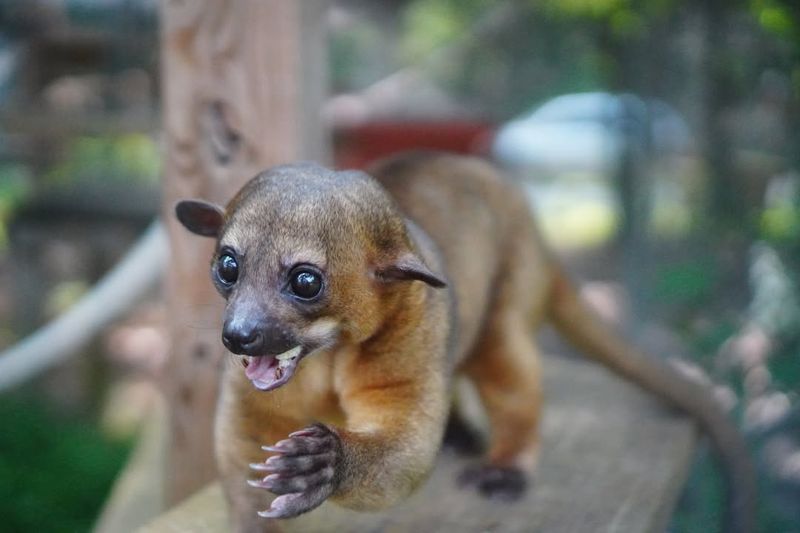
The Kinkajou, also known as the honey bear, brings a touch of the tropics to U.S. wildlife parks. With its golden fur and large eyes, it’s a nocturnal spectacle that captivates visitors.
These creatures are native to Central and South American forests and are known for their playful demeanor and prehensile tails, which help them navigate treetops with ease.
Kinkajous have a sweet tooth, often seen indulging in fruits and nectar, making them vital pollinators in their ecosystems.
13. Alpaca

With their fluffy coats and gentle eyes, Alpacas have become beloved residents of American farms and petting zoos. Originally from the Andes Mountains, these animals are prized for their soft, hypoallergenic wool.
Alpacas are social creatures, often seen in herds where they communicate through gentle hums. Their calm demeanor makes them popular for therapy and educational programs.
In addition to their wool, alpacas contribute to eco-friendly practices, as their grazing habits help maintain healthy pastures.
14. Asian Elephant
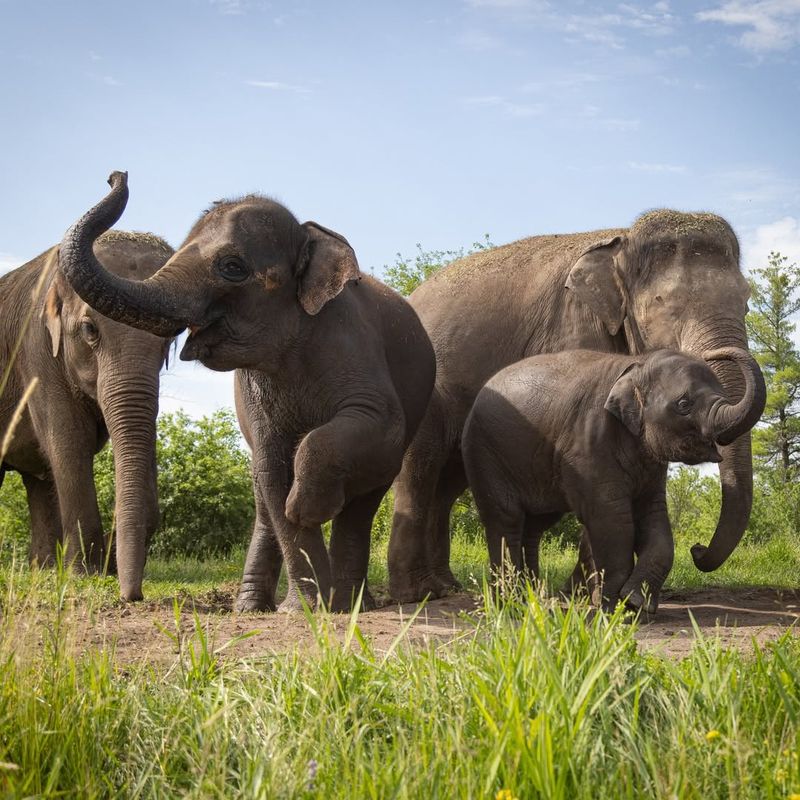
The Asian Elephant, with its soulful eyes and gentle nature, is a magnificent presence in U.S. conservation projects. These intelligent giants are known for their social structures and strong family bonds.
In their natural habitats, elephants are key to maintaining ecological balance, often seen forging paths and creating water holes.
Observing them offers insights into their complex behaviors and the urgent need for conservation efforts.
15. Spectacled Bear

The Spectacled Bear, with its unique facial markings resembling glasses, adds a touch of mystery to U.S. wildlife sanctuaries. Native to South America, they are the continent’s only bear species.
Their shaggy coats and shy demeanor make them intriguing to watch, especially as they forage for fruits and plants. Spectacled Bears are skilled climbers, often seen high up in the trees.
Despite their size, they are primarily herbivorous, with a diet that contributes to seed dispersal in their ecosystems.

